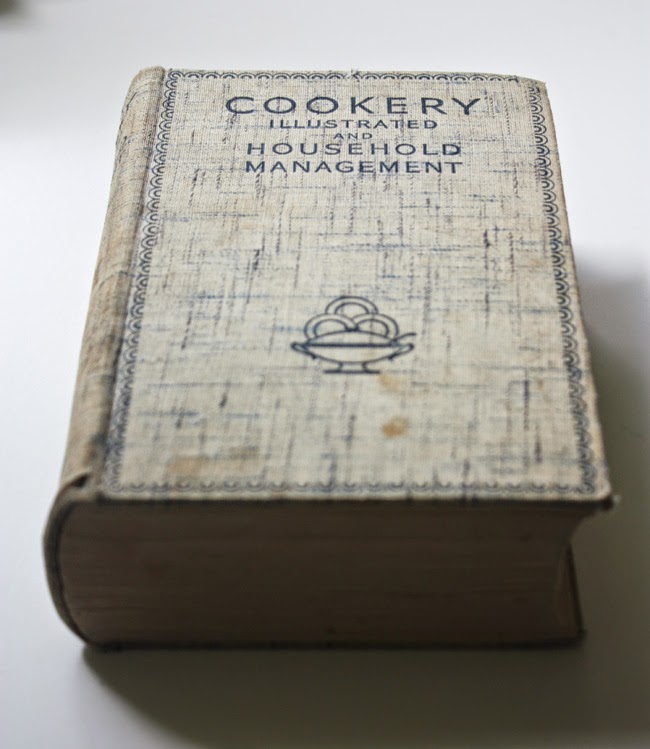LINE DRYING: A GUIDE
Anything that can be tumble dried can also be dried on a clothesline or drying rack. If weather and space permit, outdoor drying is best. But for apartment living, during the cold, wet months, and for items that might fade in direct sunlight, the basement (if not too damp), attic, utility room, or in a pinch, the bathroom are all appropriate places for air drying laundry. Store-bought wooden or plastic-coated wire racks are handy for this purpose. Wherever you dry clothes, you'll minimize wrinkles by folding directly from the line or rack and placing the laundry in a basket or tub before putting it away.
Outdoor clotheslines should be hung as close to the laundry room as possible in a space with a four-foot allowance on either side to keep the clothes from snagging on branches or rubbing up against the sides of fences or walls, which may be dirty. Clotheslines should be long enough to accommodate at least one load of wash - about 35 feet is optimal - but not much longer than that, or the weight of the wet laundry may bring the load sagging to the ground. (All clotheslines will eventually stretch out, so you will occasionally have to remove it and tighten it again.) A spot that gets generous sun tempered by periods of occasional shade is ideal.
The most common types of clotheslines are plastic, nylon and cotton rope. All will need to be changed if they develop mold or mildew. Cotton lines are the most prone to mildew and mold growth, but they are very sturdy and provide a good gripping surface for the clothespins. Nylon lines are lightweight, water- and mildew-resistant and very strong, but their slick surface can make fastening clothespins a challenge. Plastic lines with wire or fiber reinforcements are generally stretch-resistant, waterproof and inexpensive. However, dirt can often cling to plastic lines so they will need to be wiped off occasionally with a damp cloth.
LINE-DRYING TECHNIQUES:
Laundry will dry faster and with fewer wrinkles if a breeze is allowed to pass through it, thanks to strategic hanging standards. There are two basic kinds of clothespins. One is simply a split piece of wood that slides over the fabric and the line, fastening them together. The other type works like a pair of scissors, with a hinge that allows it to pinch the fabric and the line together. Which type you use depends entirely on your preference. Here's how to hang laundry effectively:
HOW TO HANG CLOTHING:
Hang clothes upside down to avoid stretching the material where it might be most visible, such as the shoulders. To avoid leaving clothespin marks on a cotton sweater, thread the legs of an old pair of pantyhose through the sleeves and pull the waist of the hose through the neck. Pin the clothespegs to the feet and the waist of the pantyhose rather than the sweater itself. This will allow the sweater to hang freely. Turn coloured or dark items inside out to avoid fading from the sun. A few hours in the sun is not likely to adversely affect them, but they can fade if they are left in full sun all day.
HOW TO HANG SHEETS AND TABLECLOTHS:
Instead of draping them over the clothesline, fold these large items in half and pin the corners of the hem edge to the line, allowing the fold to hang open at the bottom. Then, in between those corners, pin each hem to the line separately, creating gaps at the top to catch the breeze.
HOW TO HANG TOWELS:
Drape the short end over the line so it overlaps by three inches, then clip. You can reduce the stiff texture towels acquire on the line by giving them a few sharp snaps just before pinning them to the line and once again before folding them. Alternatively, you could add 1/4 cup of white vinegar or baking soda along with your laundry detergent during the wash cycle, or remove them from the line while they are still slightly damp and place them in the dryer for a few moments before folding them.
TIP: Periodically hanging your pillows and cushions on a clothesline will freshen them and minimize the need to wash them. Before hanging them, aggitate them gently with your hands to release dust. Repeat this when you take them off the line.































